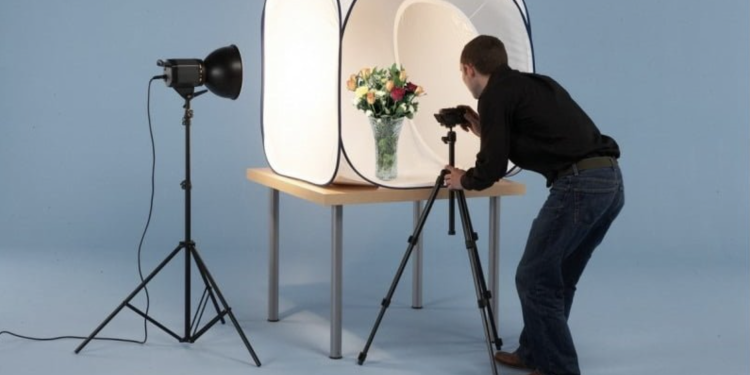If you want people to buy your product, you need to make your product look as flattering as possible. The best way to do this is with excellent photography and subsequent presentation.
But how do you manage these strategies?
Tips for Better Product Photography and Presentation
These are some of the best ways to enhance your product photography and presentation:
1. Hire a professional. One of the most important steps to take is hiring a professional. If you’re a small business on a tight budget, you might be tempted to try and take on the photography job yourself. But for the most part, professional photographers are worth the money. They’ll have better equipment, more experience, and a better eye for composition, ultimately leading you to much better photographs. Once you find an ideal candidate, trust their advice and recommendations; you’re hiring them for their experience and expertise, not simply to follow your instructions.
2. Prepare for both digital and print applications. Before and during the photo shoot, plan to take photographs that can be useful in both physical and digital contexts. For example, in print, you might create a saddle stitched booklet that highlights some of your best product photos along with persuasive descriptions of those products. In the digital world, you could use a product photo as the background for a landing page. If you have photos that can work for almost any marketing and advertising strategy you can imagine, you’ll be in a much better position.
3. Invest in lighting. One of the secrets to better product photography is lighting. With the right combination of direct and indirect lighting, you’ll be able to show off the true colors of your product in a natural, yet interesting way. Chances are, your professional photographer will have lighting options available for you; if not, you may need to invest in better studio lighting.
4. Get studio and in-context photos. To give yourself more creative flexibility, take photos of your product in both studio and in-context forms. Studio photography tends to show off your product in isolation, often in an artistic way. In-context photography, by contrast, shows your product being used in a natural environment. Both of these formats can work well, but they tend to work well in different applications. You’ll need both to maximize your chances of success.
5. Experiment with conditions. Try actively experimenting with your photography conditions. Subtle tweaks to the lighting, the background, and even the positioning of the product can all make a big difference.
6. Accurately represent the product. It’s natural to want to show off the best qualities of your product, but you also don’t want to misrepresent your product. Make sure the colors and dimensions of your product are accurately represented.
7. Utilize negative space. In photography, it’s important to play with negative space – in other words, the space where your there are no central photographic subjects. For example, if you’re taking a photo of a building, the sky might be the negative space of your photograph. Having more negative space and framing it properly can highlight your product even more, making it stand out and look more attractive to your customers.
8. Play with colors. Experiment with different colors in the photo composition. If your product is green, you might try to make it stand out more by placing red objects nearby or including more red in the background. Alternatively, you can place the product with similarly colored objects to help customers associate your product with those objects. For example, you might photograph a glass of lemonade with a bright yellow sun, helping customers associate lemonade with hot summer days.
9. Guide the viewer’s eye. Photography composition gives you the power to guide a viewer’s eye. Placing diagonal lines for certain geometric shapes in the right order will practically dictate the path that customer eyes take. Use this to your advantage, drawing people to your product or to an important piece of copy that complements the photo.
10. Show off multiple different photos. Throughout all your marketing and advertising campaigns, make sure you show up many different photos of your product. You don’t want to use the same photo over and over, even if it increases your consistency. This is important for introducing more novelty into your campaigns and for experimentation purposes, so you can learn which of your photos are most effective.
Measurement and Analysis
Now that you have a round of excellent product photographs and a plan for how to present them, all that’s left is to measure and analyze your work. It’s important to have tools in place that can help you determine whether or not your product photos are effective; simple metrics like conversion rate or time spent on page can help you evaluate which of your photos are doing the most work. Once you have this information, you’ll learn more about your target audience and you’ll have more data that can guide your next product photography session. Always keep improving your work.








